What’s the temperature method of FAMs?
The temperature method (aka, basal temperature method) helps you predict when you’re going to ovulate by tracking the changes in your body temperature during your menstrual cycle.
How do I use the temperature method (AKA basal temperature method)?
Your body temperature naturally changes a tiny bit throughout your menstrual cycle. It’s lower in the first part of your cycle, and then rises when you ovulate. For most people, 96°– 98° Fahrenheit is their typical temperature before ovulation. After you ovulate, it goes up to 97°–99°F — about four-tenths of one degree higher than your usual temperature.
To use the temperature method (AKA basal temperature method), you must take your temperature the same way, at the same time, every single day — and write it on a fertility awareness chart. You can get fertility awareness method (FAM) charts from a nurse or doctor, your nearest Planned Parenthood health center, or a family planning clinic.

In the beginning, you can ask your doctor or nurse to help you read your FAM chart. Soon, you’ll be able to read and understand it yourself. Wait until you’ve charted at least 3 months before relying on the temperature method (AKA basal temperature method) for birth control.
The temperature method (AKA basal temperature method) is more effective when you combine it with the other fertility awareness methods, like the cervical mucus method. Combining these methods is called the symptothermal method.
How do I take my temperature?
In order to track your temperature accurately, you have to do it as soon as you wake up, before you even get out of bed. Take your temperature before you talk, eat, drink, have sex, check your phone — take your temperature before you do ANYTHING. Keep the thermometer in place for about five minutes.
The changes in your temperature will be really small — fractions of a degree — so get a special large-scale basal thermometer. Some basal thermometers are used in your mouth, and others are used in your rectum (butt). Rectal thermometers are usually more accurate and reliable. You can buy a basal thermometer online or at most drugstores for about $10.
After you take your temperature, write it down on your chart. As you keep tracking your temperature, you’ll start to see a pattern. The changes in your temperature may happen quickly or slowly, and the pattern may be different from cycle to cycle.
Your temperature can change when you’re upset or don’t get enough sleep. Smoking, drinking alcohol, jet lag, being sick or stressed, and using an electric blanket can also mess with your normal temperature. Write stuff like this down on your chart to help you figure out when these changes in your temperature aren’t part of your natural menstrual cycle.
What are the safe days to have sex when using the temperature method?
Safe days begin after the increase in your temperature lasts for at least 3 days, and end when your temperature drops just before your next period begins. During your safe days, you can have unprotected vaginal sex. On your unsafe (fertile) days, avoid sex or use another method of birth control.

 Abstinence
Abstinence
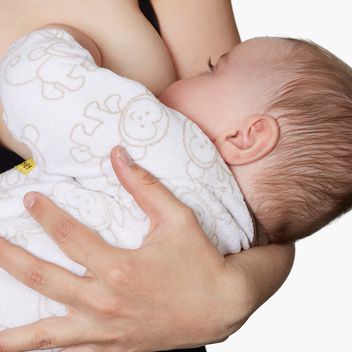 Breastfeeding
Breastfeeding
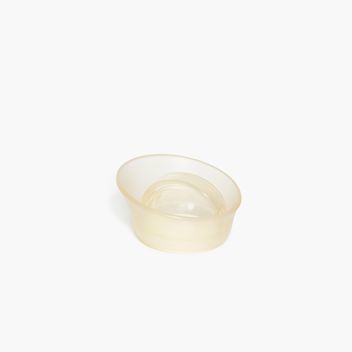 Cervical Cap
Cervical Cap
 Condom
Condom
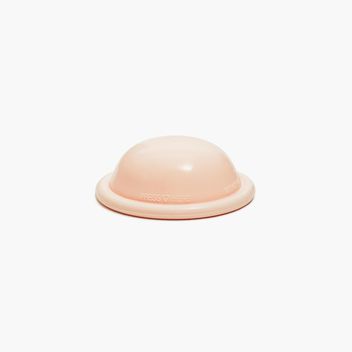 Diaphragm
Diaphragm
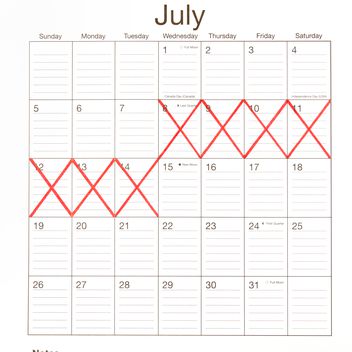 FAM
FAM
 Female Condom
Female Condom
 Implant
Implant
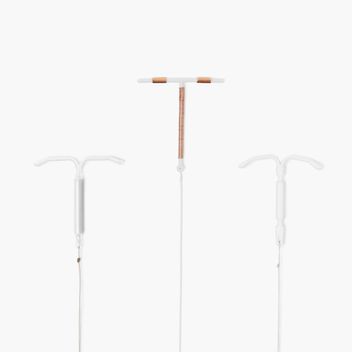 IUD
IUD
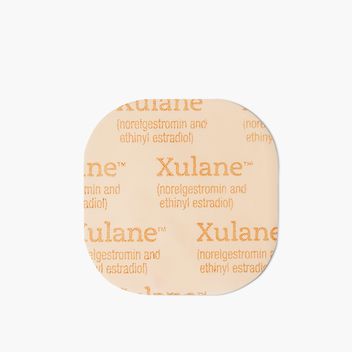 The Patch
The Patch
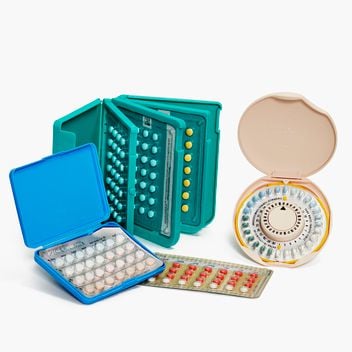 The Pill
The Pill
 The Ring
The Ring
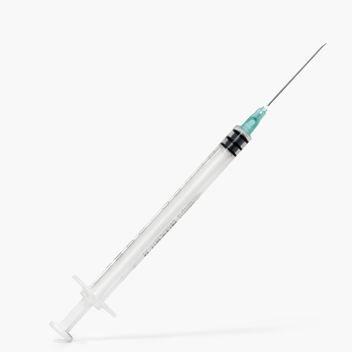 The Shot
The Shot
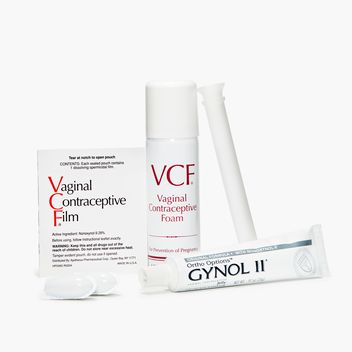 Spermicide
Spermicide
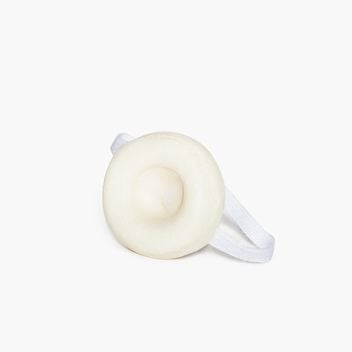 Sponge
Sponge
 Sterilization
Sterilization
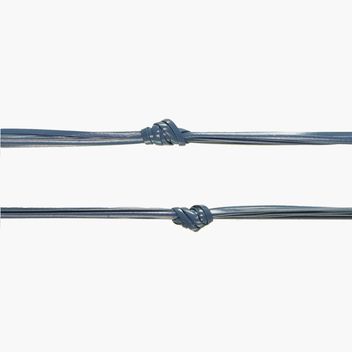 Vasectomy
Vasectomy
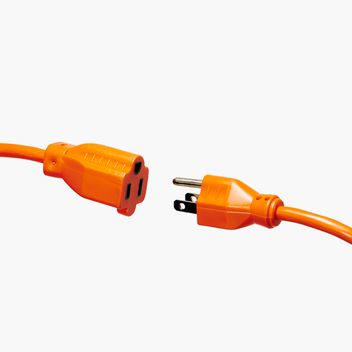 Withdrawal
Withdrawal